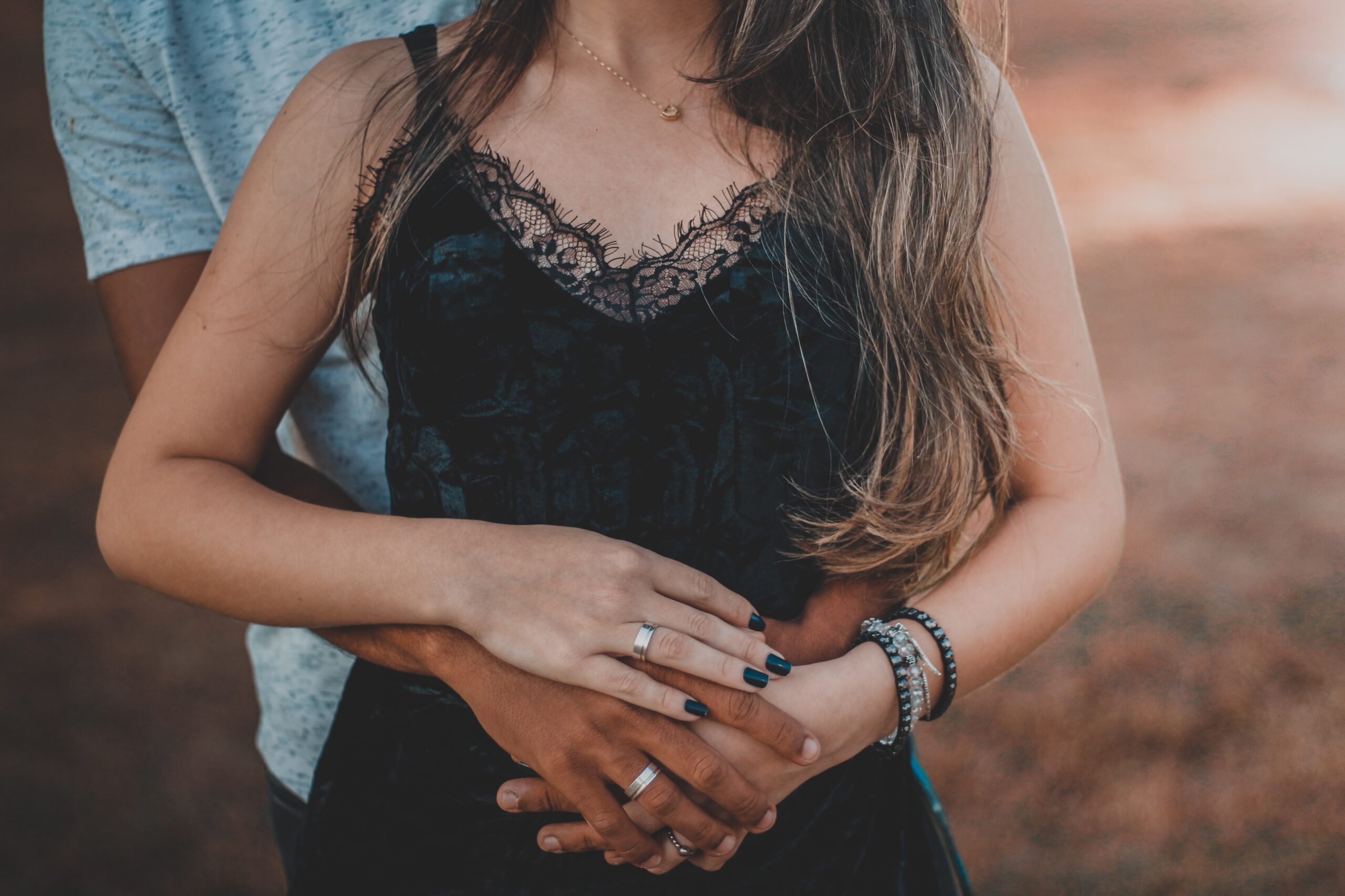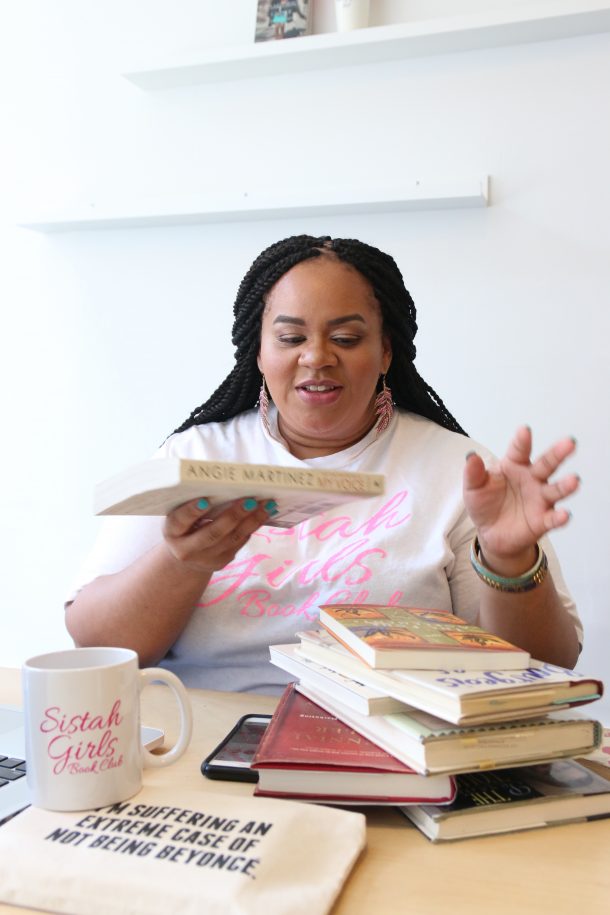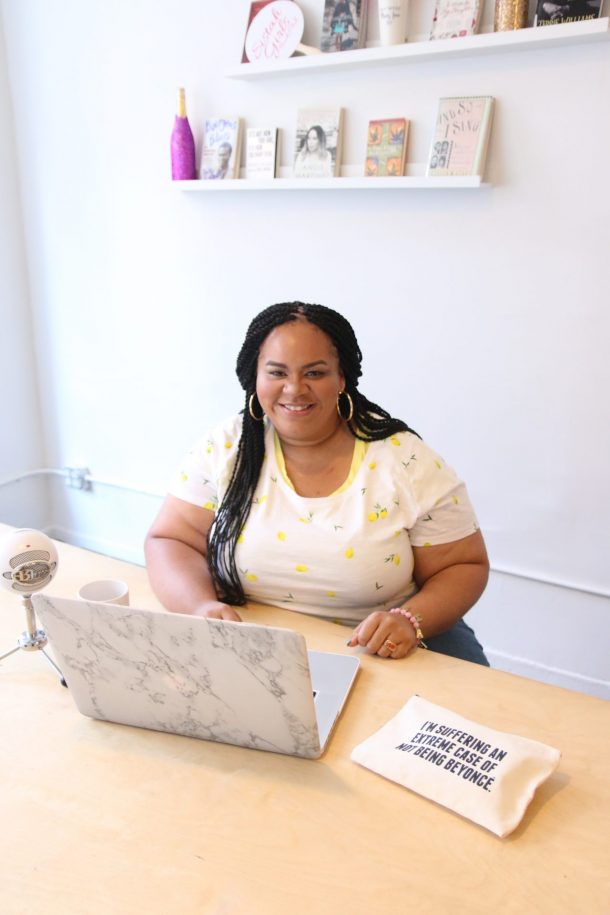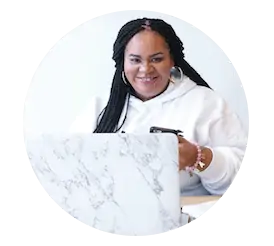Throwback Book Review
Jordan Greene moves from the deep south to New York City and finds more than he ever bargained for. When he shares a ride with a vivacious young white girl, a romance grows between the unlikely pair—much to the chagrin of Jordan’s friends and family.
Love on the other side of the color bar forces him to examine his own values and makes him stand up against what everyone expects him to do.
In this brightly entertaining and emotionally complex novel, Dickey again demonstrates why he is one of the hottest voices in African-American fiction today.
My Review
I’ve been a voracious reader for a couple of decades now and that means when desperate I’ll read just about anything I can get my hands on.
With that said, I’ve read my fair share of romance novels. Particularly the ones that used to be on the carousel in the dollar store. I try not to speak ill of anyone who has a vision writes it down, presents it to an editor, and gets to see it in print.
But I will say a decent amount of those books, with guys that looked like Fabio on the cover, weren’t the most original. Cheesy is the word that comes to mind. There were only so many times I could read the enemies turned lovers trope.
Eric Jerome Dickey was my introduction to Black contemporary romance novels and shifted my perspective. Romance novels with Black characters were a game changer.
These sounded like real people in real scenarios mentioning places I actually knew and singers I’d actually heard of. I could actually envision these characters. They didn’t all fall into the cookie-cutter mold that the romance novelists from the dollar store seemed to live by.
Blonde hair and ocean blue eyes paired up with a tall, dark, and tan counterpart. I was pretty old before I realized tan meant olive-skinned white men.
For a while I pictured Shemar Moore every time somebody was described as tan. Don’t get me started on tall, dark, and handsome. Dark to Black readers and white readers means very different things. But I digress.
Milk in My Coffee was my second or third read by Eric Jerome Dickey and by then I knew what to expect. Complex characters living normal modern lives that just happened to be tangled in some type of romance. Milk in my Coffee stayed pretty true to his formula.
Kimberly and Jordan’s meet-up happens in a cab and felt very “New York” to my small-town mind. As with most romance novels, there’s a spark that instantly elevates this meeting to something special.
Within the span of a few hours Jordan can’t help but feel like this woman is damn near perfect. Her music taste, her travels, and her overall vibe are different and what he’s been missing. The only thing is Kimberly is a red-headed white woman.
Jordan is a southern transplant who is adjusting to life in New York but hasn’t completely shaken off the southern state of mind. That applies to everything including dating. Specifically interracial dating.
He’s worried his fish out of water feeling will only be exasperated by linking up with a white woman. Despite his gut feelings he takes a chance and finds himself struggling with inner turmoil about whether he wants to be “one of those Black men.”
This book switches POVs. Something I’m starting to notice as a staple for romance novels.
Kimberly is an artist and seems more laid back compared to Jordan’s overthinking. She seems to appreciate Black art and music but not in that voyeuristic cringe-y way. IYKYK.
She has fewer hang-ups regarding interracial dating than Jordan and later we find out it’s because she has her fair share of secrets.
Their interactions seem like they could turn into a love story but complications from the past, betrayals, and weighty expectations constantly interrupted their budding relationship. Jordan learns that there’s more than meets the eye with Kimberly and wonders if he can get past public opinion in the name of love.
Thoughts
This story is an entertaining reread as an adult. As a pre-teen, I thought the characters were making things harder than need be. As an adult who recognizes the nuances of relationships and the importance of community acceptance, I think Dickey does an impressive job of making the situation feel as sticky as it is.
Something that gave me pause was the description of Black women. I couldn’t help but feel like they veered toward caricatures in relation to Kimberly. Loud, angry, jaded, and resentful.
This wasn’t something I noticed fifteen years ago but definitely ruffled my feathers now. Originally published in 2000 this book doesn’t completely feel like a blast from the past but it’s got its signs of age. So many problems could’ve been solved with a quick text.
Some might’ve thought that folks would be a little farther in their feelings about interracial dating 23 years later but the shade room comments and Twitter are proof that the needle has moved little.
Some of the hot takes and feelings that Dickey’s characters mull over are still prevalent. The book is not without some of the soap opera-level drama that I associate with romance novels but he keeps it tolerable, believable, and interesting.






